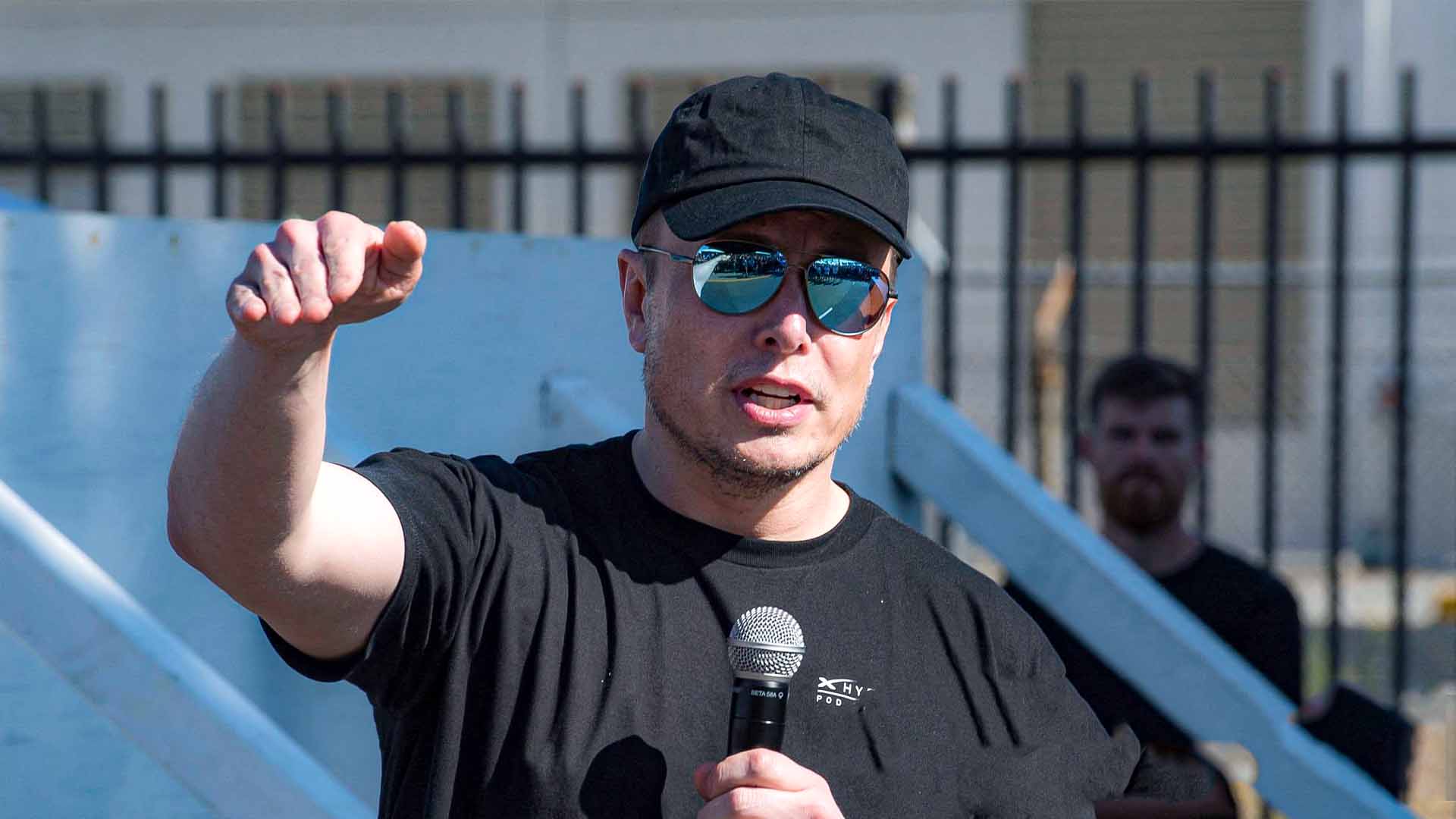Space Exploration Technologies Corp., commonly known as SpaceX, was founded by Elon Musk. The primary objective was to reduce the cost of space travel and make interplanetary colonization possible, especially focusing on Mars. The company began developing the Falcon 1 rocket and the Merlin engine, laying the foundation for reusable rocket technology and advanced space transportation.
Falcon 1 Missions
- March 24, 2006: Falcon 1’s maiden flight was launched from Omelek Island in the Marshall Islands. The mission ended in failure due to a fuel line leak, causing the engine to shut down prematurely.
- March 21, 2007: The second flight of Falcon 1 aimed to demonstrate improvements, but the mission failed again due to engine failure just 41 seconds after launch.
- August 3, 2008: The third flight was a significant step. The rocket failed after stage separation due to residual fuel mixing and a design flaw.
- September 28, 2008: The fourth flight became a historic moment for SpaceX as Falcon 1 successfully reached orbit. This marked the first time a privately developed, liquid-fueled rocket reached orbit.
- July 14, 2009: The fifth and final flight carried a commercial payload, the RazakSAT satellite, to orbit successfully, demonstrating SpaceX’s capability to deliver commercial satellites.
Falcon 9 Development
- June 4, 2010: The Falcon 9 rocket’s maiden flight was a success, launching from Cape Canaveral, Florida. This mission showcased SpaceX’s ability to build and launch a much larger and more powerful rocket than Falcon 1.
- 2012: SpaceX achieved another milestone by becoming the first private company to deliver cargo to the International Space Station (ISS). This was done under NASA’s Commercial Orbital Transportation Services (COTS) program.
Reusability Breakthrough
- December 21, 2015: SpaceX revolutionized space travel by landing the Falcon 9 first stage on solid ground for the first time after delivering 11 satellites for ORBCOMM.
- April 8, 2016: The company achieved another milestone by landing the Falcon 9 first stage on the drone ship “Of Course I Still Love You” during the CRS-8 mission.
- March 30, 2017: SpaceX launched and recovered a previously flown Falcon 9 first stage, proving the reusability of its rockets.
Falcon Heavy
- February 6, 2018: The Falcon Heavy, the world’s most powerful operational rocket at the time, launched successfully on its maiden flight. The payload was Elon Musk’s Tesla Roadster with a mannequin named “Starman.” This mission demonstrated SpaceX’s capability to launch heavy payloads to orbit and beyond.
Crewed Spaceflights
- May 30, 2020 (Demo-2): SpaceX launched its first crewed mission to the ISS under NASA’s Commercial Crew Program. Astronauts Bob Behnken and Doug Hurley were aboard the Crew Dragon spacecraft. This mission restored the U.S.’s human spaceflight capability after the Space Shuttle’s retirement in 2011.
Starlink Satellite Deployment
- May 24, 2019: SpaceX launched its first batch of 60 Starlink satellites. The Starlink project aims to create a global satellite internet constellation to provide high-speed internet access worldwide.
- 2019–2025: SpaceX has continued to deploy Starlink satellites at a rapid pace. Over 5,000 satellites have been launched as of 2025, with the goal of providing low-latency internet services to even the most remote areas of the planet.
Starship Development
- 2019 (Starhopper): SpaceX conducted the first prototype tests of Starship, a fully reusable spacecraft designed for missions to Mars and beyond. Starhopper demonstrated basic capabilities with low-altitude flights.
- December 9, 2020 (SN8): A high-altitude test flight of Starship SN8 showcased advanced maneuvers, including belly-flop descent and aerodynamic control. The test ended with a hard landing due to low pressure in the methane header tank.
- April 20, 2023: SpaceX launched the first fully integrated Starship and Super Heavy booster. Although the mission did not achieve full orbital insertion, it marked significant progress in testing the system’s capabilities.
Notable Civilian Missions
- September 15, 2021 (Inspiration4): SpaceX launched the first all-civilian orbital mission, demonstrating the viability of commercial space tourism. The mission included four private citizens who orbited Earth for three days.
- Planned 2024 (Polaris Dawn): This mission aims to achieve the first private spacewalk and test advanced technologies for future space exploration.
Future Goals
- Mars Colonization: SpaceX’s ultimate goal is to establish a self-sustaining colony on Mars. Uncrewed missions are planned for the late 2020s, followed by crewed missions in the 2030s.
- Lunar Missions: SpaceX is developing the Starship Human Landing System (HLS) for NASA’s Artemis program, which aims to return astronauts to the Moon.
SpaceX’s journey from a startup to a leader in space exploration has been marked by groundbreaking achievements, technological advancements, and a vision to make humanity multiplanetary. The company continues to push boundaries with reusable rockets, satellite constellations, and ambitious plans for Mars exploration.
